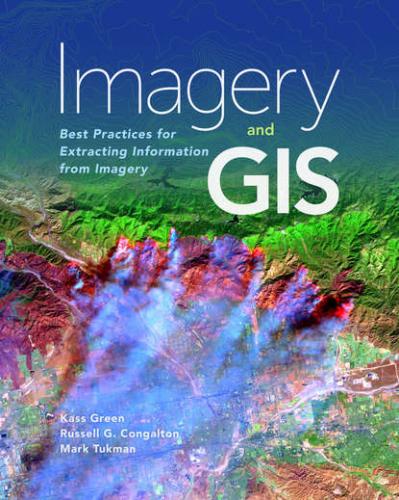Acknowledgments
This book would not have been possible without the generous contributions of our colleagues who reviewed the text, permitted us to include their graphics, provided case studies, and offered valuable insights. In particular we would like to thank Maggi Kelly, Gerald Kinn, Jarlath O’Neil-Dunne, and Cassandra Pallai. We would also like to express our gratitude to the Sonoma County Agricultural Preservation and Open Space District, and the California Department of Fish and Wildlife—our project with them has enriched this book with many real world examples. Esri personnel have made this book truly professional and we thank their editors, product managers, application developers, and graphic artists. We are especially grateful to Esri’s Claudia Naber, who shepherded the book from inspiration to completion, and Peter Becker whose commitment, persistent questions, and leadership continually raised our standards and improved the content. Finally, we thank our families whose patience and support gave us the freedom and energy to pursue our passion for imagery and to share it with others in this book.
Chapter 1
Introduction
Why Imagery and GIS?
Imagery—it allures and fascinates us; its measurements inform us. It draws us in to explore, analyze, and understand our world. First comes the astonishment of its raw beauty—the enormity of a hurricane, the stark glaciers in Greenland, the delicate branching of a redwood’s lidar profile, a jagged edge of a fault line in radar, the vivid greens of the tropics, the determined lines of human impact, the rebirth of Mount Saint Helens’ forests, the jiggly wiggly croplands of Asia and Africa, the lost snows of Kilimanjaro. Each image entices us to discover more, to look again and again.
Then we start to ask questions. Why do trees no longer grow here? Can trees grow here again? How much has this city expanded? Will the transportation corridors support emergency relief? Why did this house burn while the one next door is untouched by flames? What crops flourish here? Will they produce enough food to feed the people of this region? Why has this landscape changed so dramatically? Who changed it? When we bring imagery and GIS together we can answer these questions and many more. By combining imagery and GIS, we can inventory our resources, monitor change over time, and predict the possible impacts of natural and human activities on our communities and the world.
This book teaches readers about the many ways that imagery brings value to GIS projects and how GIS can be used to derive value from imagery. Imagery forms the foundation of most GIS data. Whether it be a map of transportation networks, elevation contours, building footprints, facility locations, vegetation type, or land use, the information in most GIS datasets is derived primarily from imagery. Alternatively, GIS allows us to more efficiently and effectively
